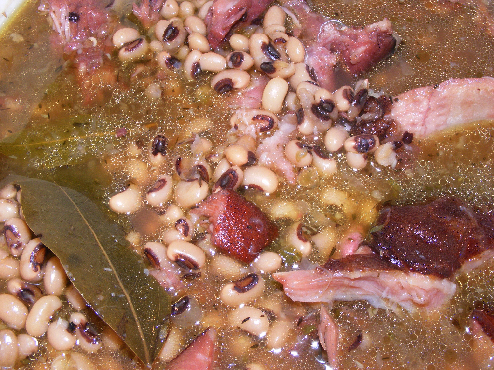Chocolate: Red Velvet Cacao Nib Cupcakes
Friday, February 12th, 2010Red velvet cake is a Southern classic. It is neither a traditional vanilla cake nor chocolate cake. Yet, cocoa powder is an essential ingredient and the reason why it’s included with my chocolate recipes. That and it’s perfectly gorgeous for Valentine’s Day.
As the name suggests, the cake has a velvety tender texture that is moist and brilliantly red with a subtle chocolate tone. When topped generously with a cream cheese frosting, it makes for a striking contrast.
Instead of a full-on cake, I made cupcakes. They are less formal than a three-layered cake and perfect for sharing with family and friends. Cupcakes were also conducive to cacao nibs – my twist for oomphing up the chocolate factor. It’s not completely traditional but it’s fun.
As for the origins of red velvet cake, the exact history is a bit head-spinning but alluring for foodiephiles . . . Some researchers believe the pinkish-hued chemical reaction that occurs when cocoa powder is mixed with vinegar and/or buttermilk made a precursor cake that was eventually augmented with food coloring. Other researchers point to the rations of World War II, when beets were used to brighten the color of cakes. And, there’s even some food lore involving the Waldorf Astoria and a woman in the 1920s who was billed an exhorbitant amount when she requested their recipe. Apparently, furious, she copied the recipe and distributed it generously. And, still others suggest the cake’s origins are in Canada tied to Eaton’s department store.
Despite all that, I was first introduced to red velvet cake by my husband’s Aunt Gloria. What I remember most about her cake was how lovely it looked sliced and the hint of chocolate and tangy frosting with each bite. She’d make her cake, freeze it and bring it on the plane to Colorado. Now, that’s love. The recipe below is adapted from Aunt Gloria’s family recipe.
Show love this Valentine’s Day . . . Eat chocolate in its many forms.
Tidbits on Chocolate:
- Chocolate has an American annual per capita consumption of around 14 pounds per person.
- Although not true legumes, cacao seeds are frequently called “beans.”
- Typically in the United States, “cacao” is used to refer to the tree and its dried seeds prior to further processing. “Cocoa” refers to the partially defatted, roasted, and ground cacao seeds. “Chocolate” is generally used to refer to a food prepared from roasted cacao seeds. “Cacao nibs” are unsweetened raw pieces of cacao beans, they are crunchy bits that taste slightly nutty with notes of bitter chocolate.


 Eating black eyed peas on New Year’s Day is a longtime custom among African Americans and Southerners who believe the legumes will bring prosperity and good luck, especially when paired with greens, which symbolize money. Some folks say you just need to eat a spoonful and others say at least 365 (one for each day of the year). Regardless, this year, in this economy, the superstitious dare not skip this tradition.
Eating black eyed peas on New Year’s Day is a longtime custom among African Americans and Southerners who believe the legumes will bring prosperity and good luck, especially when paired with greens, which symbolize money. Some folks say you just need to eat a spoonful and others say at least 365 (one for each day of the year). Regardless, this year, in this economy, the superstitious dare not skip this tradition.



